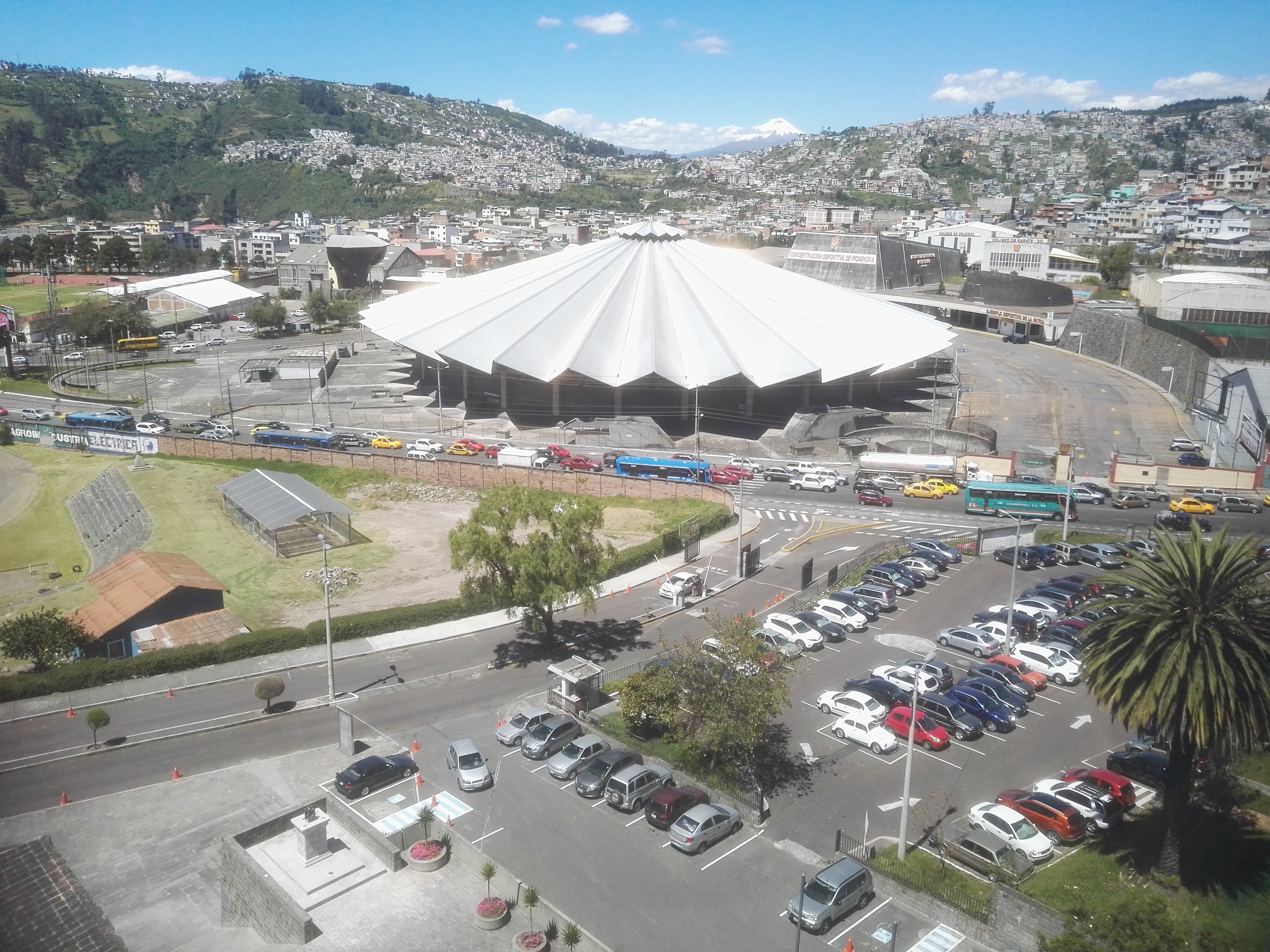Ecuador, Quito
FC-01x Future Cities (Self-Paced) - Exercise 1 : "Making the Invisible - Visible"

Uploaded on 2017-06-06 by Galoget Latorre
In this picture we can see a Coliseum, a parking lot and a road full of cars. The invisible information could be extracted as: - The amount of cars during certain hours (traffic rush) and how this affects to the area (noise and pollution), for example, at 17:00 is the end of the working day, we can expect a big quantity of vehicles in this sector, also the air will be more polluted due to the high number of cars in the area. So, the invisible factors will be: - traffic density - noise & air pollution From these two invisible factors, I am going to choose both to describe how these invisible information can become knowledge and contribute to the planning of a more livable urban space. 1) When talking about traffic, this information could be useful for planning better ways to distribute the traffic with special focus on areas that are affected during traffic rush hours, this optimization could help everyone to get in time to their destinations and also could avoid people getting stuck of traffic jams. 2) In some units of the course, we are going to talk about the conditions of a livable city, one important factor is the level of noise and also the pollution, with this information we can create a plan on these affected sectors with countermeasures to reduce the noise and also the pollution, this is going to improve the quality of living of the people near this sector. This picture was taken in Quito, Ecuador, at the entry of the National Polytechnic School.